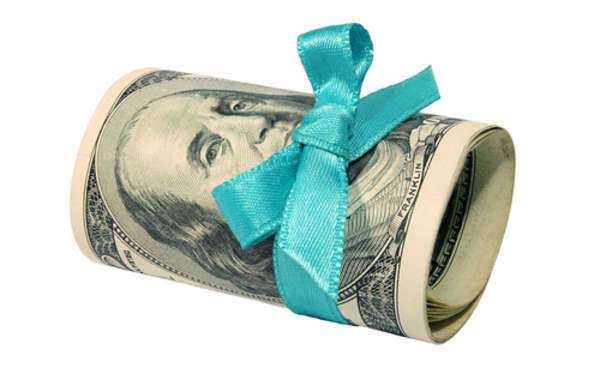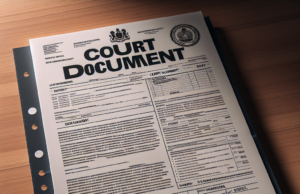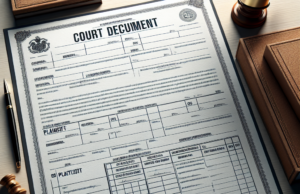
Child support services may help establish the court order dictating the non-custodial parent’s conditions of child support. The second step that child support services handle is sending the noncustodial parent’s employer an Income Withholding Order.
The non-custodial parent’s employer is then required to forward the Income Withholding Order to the State Disbursement Unit. It is then the State Disbursement Unit’s job to make sure that the money withheld from the non-custodial parent’s paycheck is quickly given to the custodial parent. A child support collection might develop if the State Disbursement Unit does not get the payment to the custodial parent within a certain amount of business days.
If the non-custodial parent is unemployed or self-employed, then child support services have to find an alternative way to ensure payment. In these cases, the non-custodial parent may choose to pay by check or deposit the payments into an account that connects with a debit card. The debit card is specifically used to receive child support payments.
The non-custodial parent may also pay by check. If the non-custodial parent does not pay the child support payments that he or she was court ordered to pay, they may be violated. The custodial parent is usually in charge of violating someone. However, if the custodial parent is on government assistance, child support services might violate the non-paying parent without any consent from the custodial parent.
Paying child support on time is a much smarter way of supporting a child then waiting for a child support collection to be established. A child support collection can damage one’s credit. Child support services exist to make sure that the distribution process of receiving and paying child support runs as smoothly as possible.






















